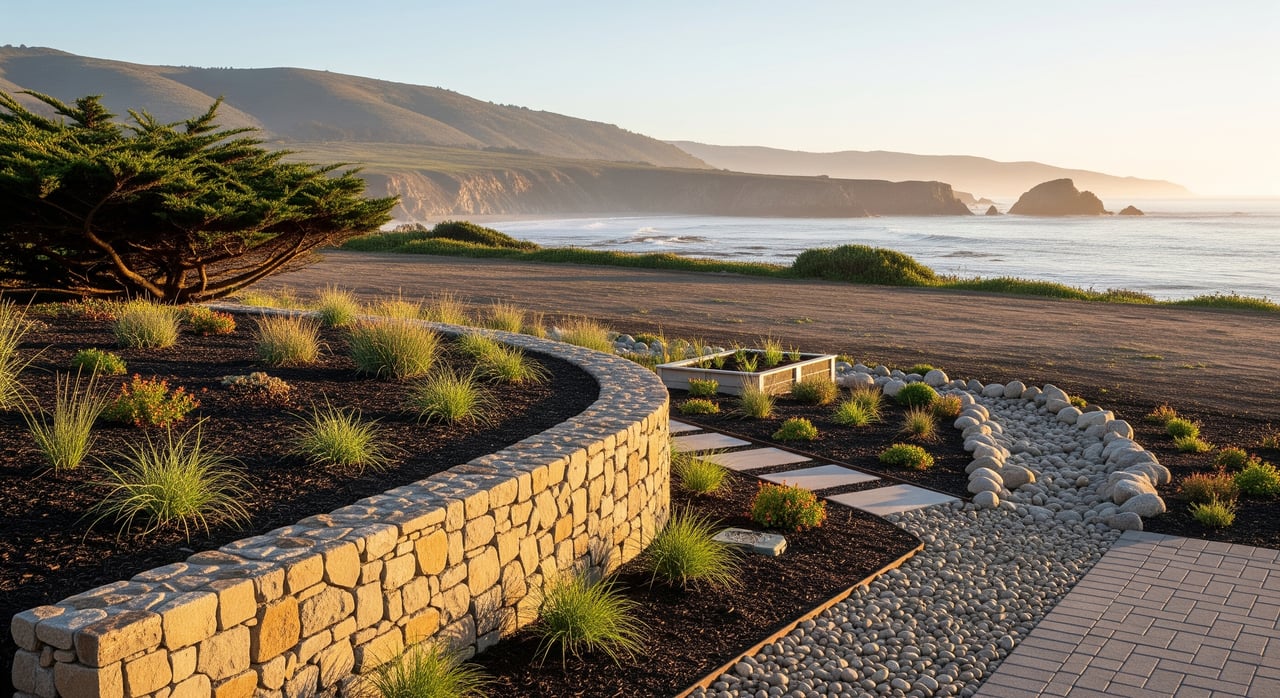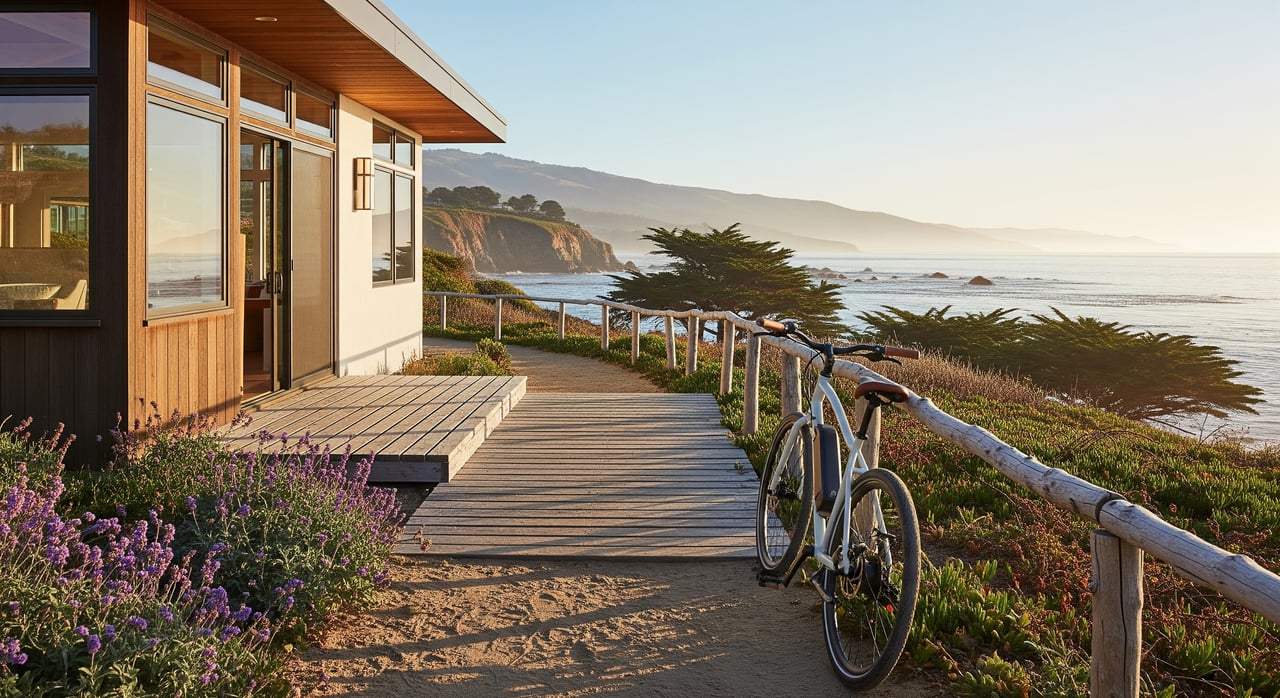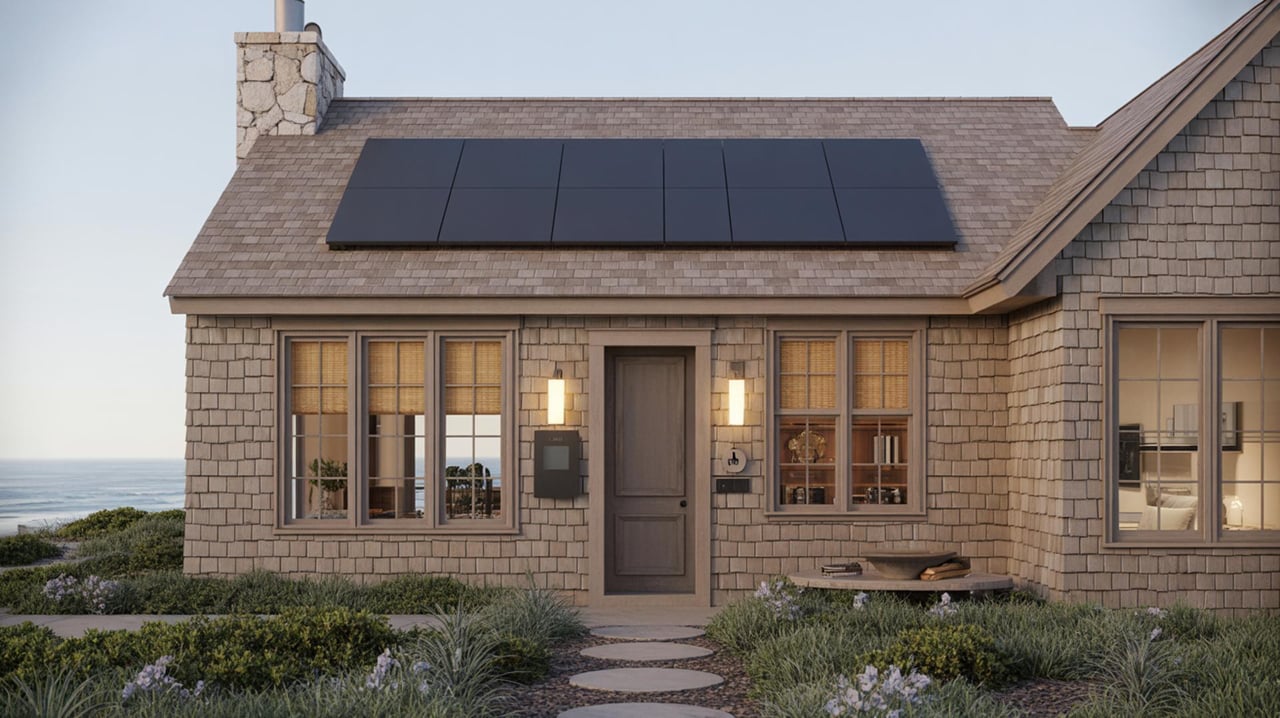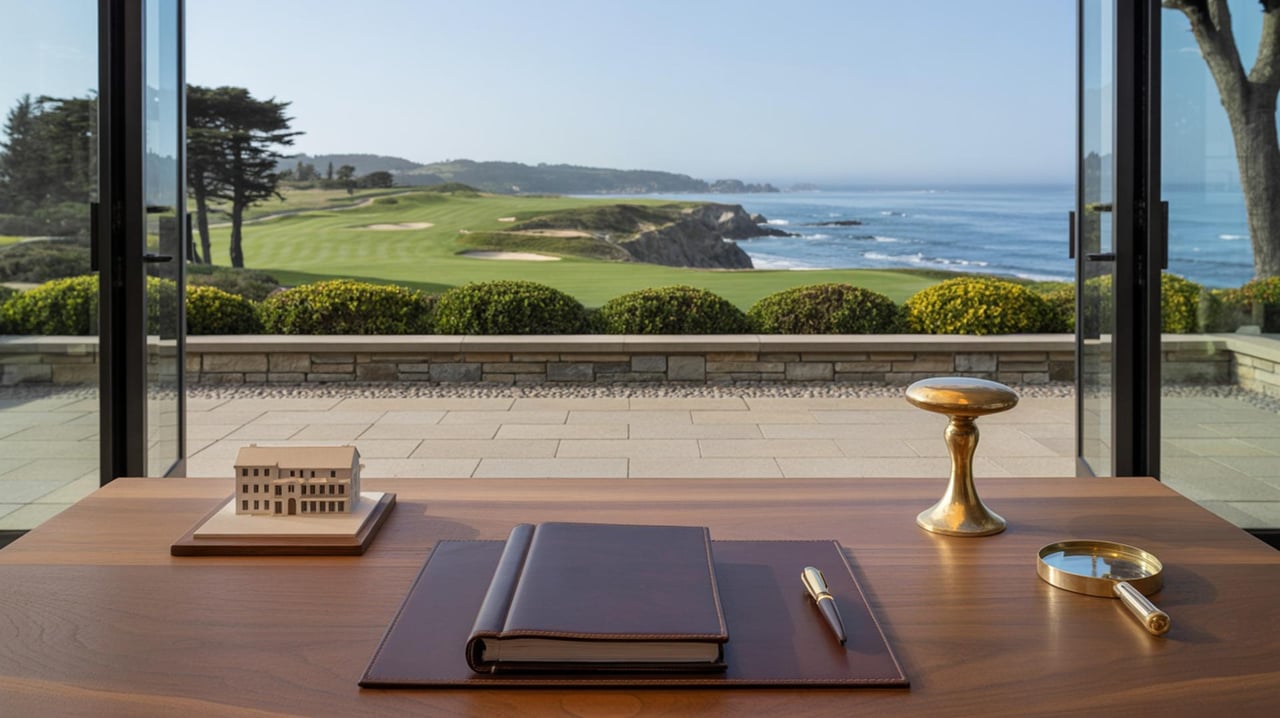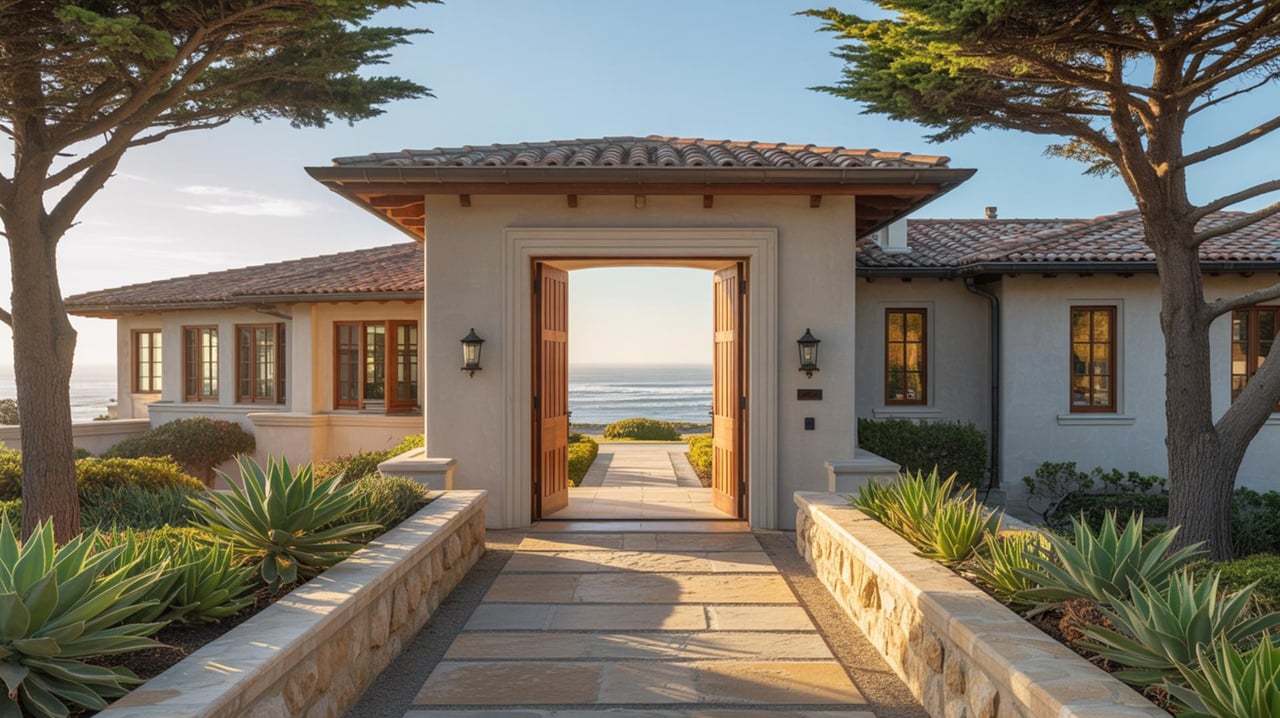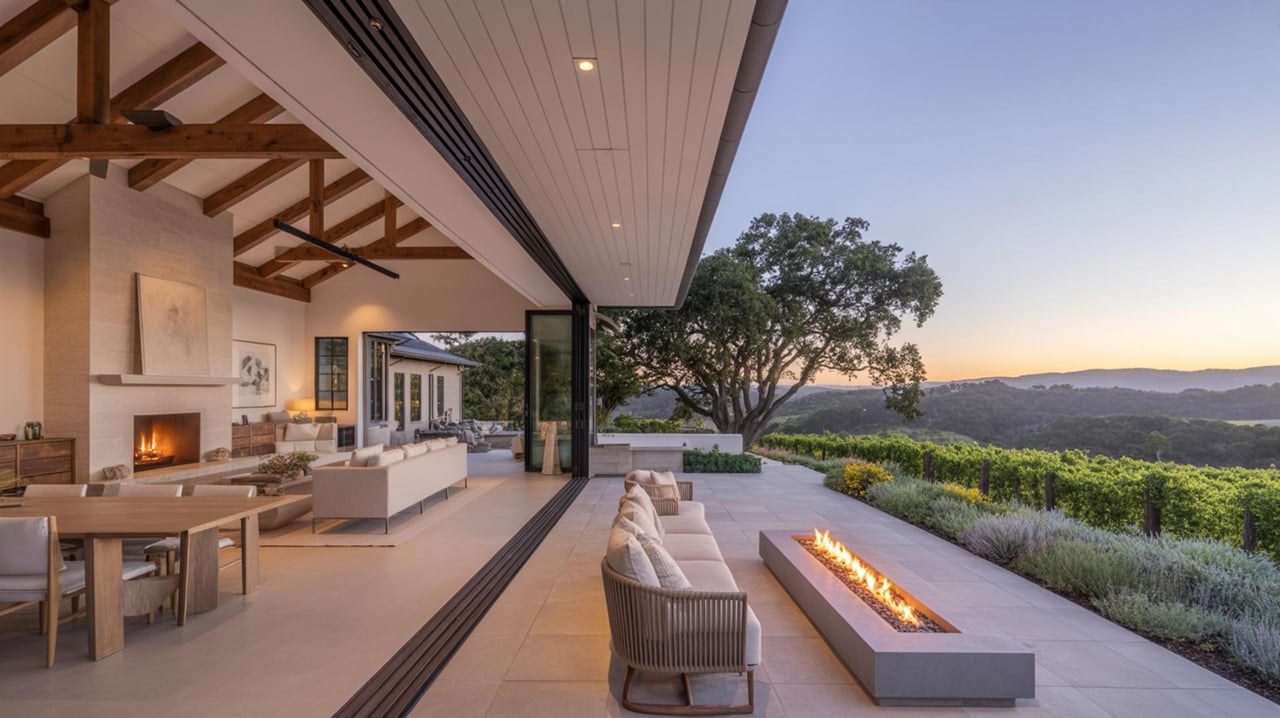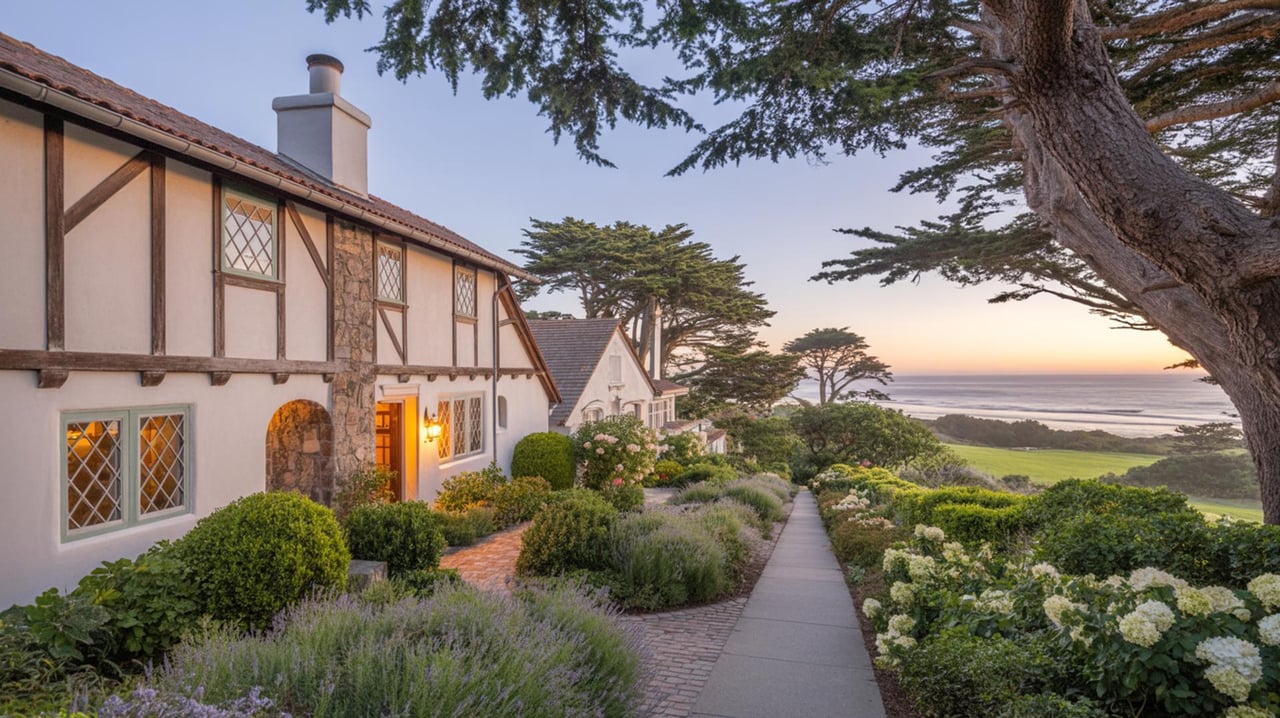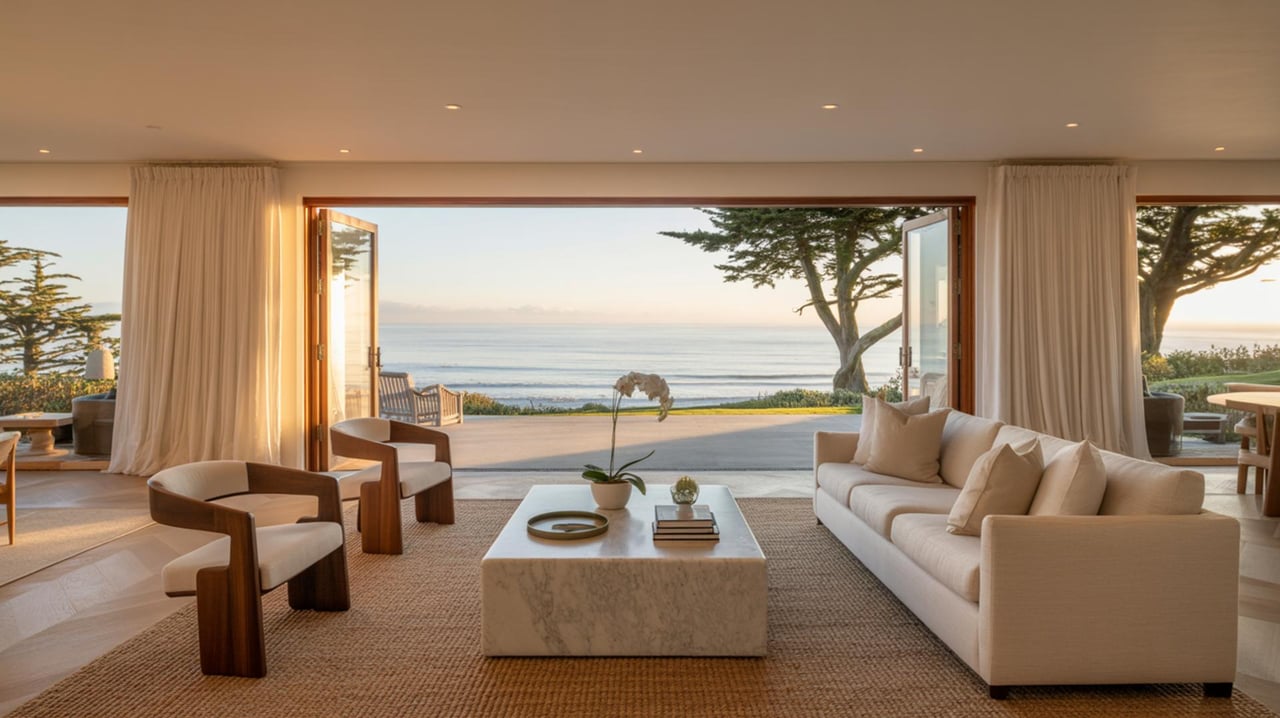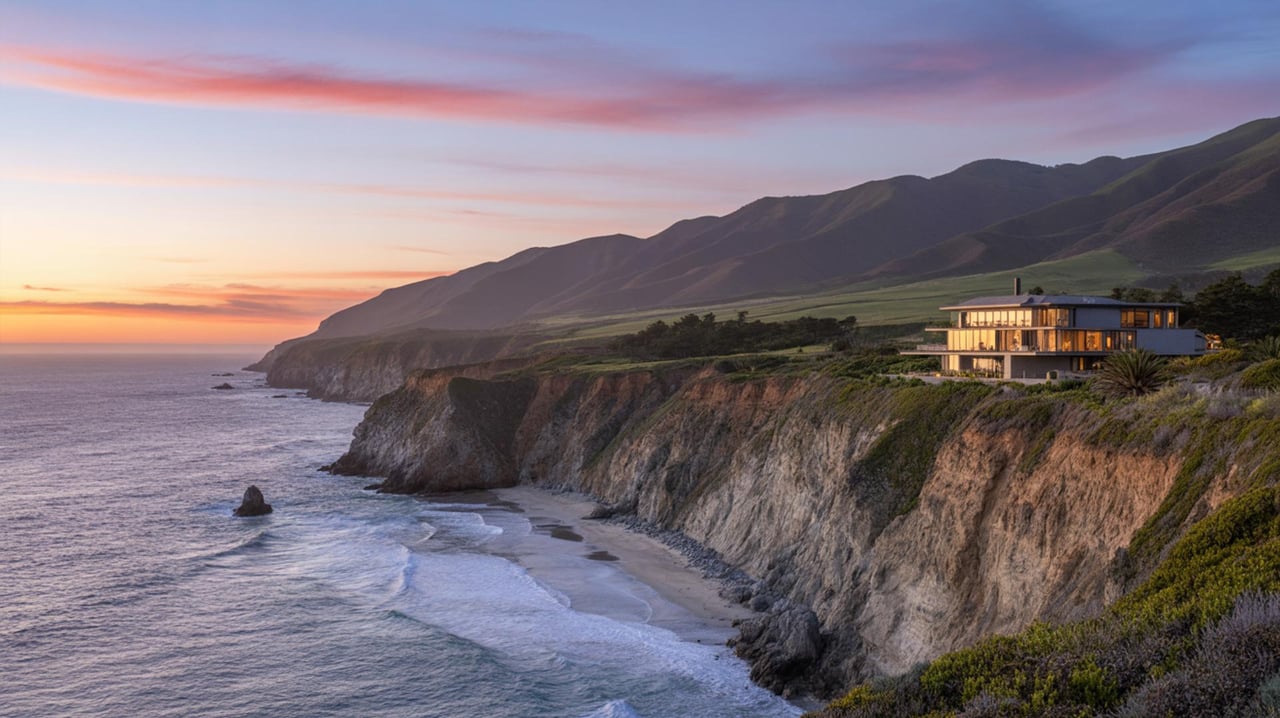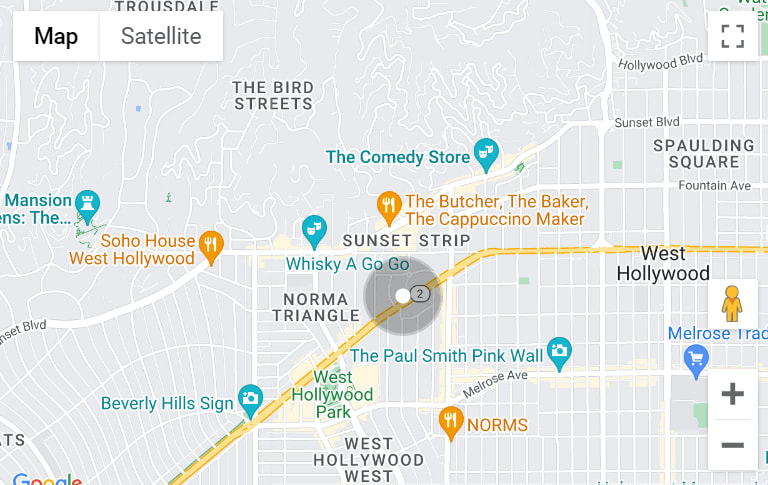Practical Wisdom
Preserving a Legacy While Assuring a Future
Words by William Reynolds | Photography by Tom O’Neal
The Dorrance Family Ranch rambles over 4,000 acres along the flank of 3,560-foot Mt. Toro, in the Sierra de Salinas, east of the Santa Lucia Preserve, south of the city of Salinas. In the lowlands, sycamores cluster around sources of water, and, elsewhere, native oaks thrive, particularly Coast Live, Blue, and Valley oak. The story goes that during the Mission days of early California, one could ride the 200 miles from Carmel to Santa Barbara without ever leaving the protective canopy of native oaks. Higher up, near the crest of the Sierra de Salinas, undulating pastures turn from spring green to tawny as the dry months come, earning them singer-songwriter Ian Tyson’s description of summer hills that touch heaven — “buckskin and blue.”
This spectacular stretch of arcadian magnificence came to Bill and Marie Dorrance in 1953 when Marie inherited the land and its ranching operations from her father, Smoke Cornett. The gift could not have landed on better prospects for continuing a legacy. Bill’s temperament and every instinct suited ranching. He had grown up, along with four sisters and three brothers, on his parents’ ranch in northeastern Oregon. In the early years, his mother, Minnie, taught school. As the ranch and the family expanded, she left the schoolroom behind to manage the household and do the bookkeeping. His father, Church, worked the land — raising cattle and farming — and involved the boys in all aspects of the work and wonders of ranching. They all took to it.
Bill’s brother Jim worked ranches, mostly in Nevada, landing in the Buckaroo Hall of Fame in Winnemucca, Nevada. His brother Fred worked ranches, mostly in California, proving talent for all areas of horsemanship, from starting colts, roping, and riding broncos to braiding rawhide. His brother Tom loved starting horses and solving problems and kept refining his approach to training horses without force. Replacing harsh methods with cooperation requires respect for the animal, trust, and time. Many horsemen scoffed at the approach, but as Tom proved up his methods, the word spread. Owners with “problem” horses sought him out. Eventually, through his horsemanship clinics, he influenced many, including the likes of celebrated horsemen Ray Hunt and Buck Brannaman. Tom’s success is chronicled in True Unity: Willing Communication Between Horse and Human.
As Bill explained, “Tom never liked to have trouble with the horses or stock he was handling. Tom’s way was to watch and learn the animal’s language.”
Bill showed that same understanding and patience. He became renowned for his way with horses, roping, and braiding museum-quality rawhide, the perfect purposeful activity for rainy days. Through the years, Bill crafted 122 pairs of hobbles, 103 hackamores, 35 bosals, 44 sets of reins, 19 quirts, a few hundred hondas, and 67 reatas, some as long as 100 feet. His workmanship brought respect and fans. In his later years, Bill gave time to teaching others the art of using rawhide gear, including cowboy poet Randy Rieman, who captured Bill’s techniques in Four Strands of Rawhide. For his influence on “preserving the heritage of the western frontier,” Bill received the 2000 Western Heritage Award at the Texas Cowboy and Poetry Gathering.
Bill and Marie raised three boys — Steve, Dave, and Billy. Ranch life grounded and bonded the family, just as it had in Bill’s childhood. Through the years, Bill and Marie stressed that the land would take care of them and their families in the future. But to do so, they would have to get along with each other and be creative in how to keep it afloat.
Ranching does not guarantee riches. And the changing economics of ranching steadily increased the risk that their legacy would go the way of so many other ranches after the original owners pass on — up for sale. Yet, three generations later, the Dorrance Family is still on the ranch, preserving its unique pastoral beauty while continuing the family tradition of raising horses and cattle.
The spark of a solution for how to save a way of life struck in the 1990s when Dave Dorrance attended a workshop on holistic land management. He came away realizing the family needed to figure out what each person really wanted. As his brother, Steve, explains it, “We needed to communicate with each other more and be proactive about a direction for the ranch that we all could share. We agreed with our father that we wanted to keep the ranch for the family, and this got us talking about various ideas, including the possibility of a conservation easement.”
Conservation easements, a relatively recent innovation, have proven effective in enabling landowners to retain most of the property rights while preserving habitats by limiting development of the land in perpetuity. In the easement on The Dorrance Family Ranch, the family continues to own the land, insure it, pay taxes on it, and work the land while restricting in perpetuity residential development, mineral extraction, timber harvest, and other activities that would go against habitat protection.
After much discussion and research, the family agreed among themselves. In 2008, they agreed with The Nature Conservancy and Big Sur Land Trust, aided by the California State Wildlife Conservation Board, to an easement on all 4,300 acres of the ranch.
“This stopped discussion of development on the ranch,” Steve says, “and helped us get back to the family business. We all figured the cattle will be here long after we’re gone, and, hopefully, the red-tailed hawks and red-legged frogs will be, too.”
The beauty and romance of bucolic landscapes touches us all but saving The Dorrance Ranch (and The Santa Lucia Preserve, by gosh), required steadiness and a long view. As Steve and his wife, Leslie, stress, “To make this work for more generations than the ones that are here right now, we have to plan and take the steps necessary to protect the core asset, which is the land.”
Notably, in 2013, Leslie started working as Conservation Grazing Manager with the Santa Lucia Conservancy. In this role, she is helping to establish a grazing program that will assure the health of the grasslands scattered through the 18,000 acres of protected wildlands in the 20,000 acres of the Santa Lucia Preserve. She knows her subject, and she works from the Dorrance instinct of respect for animals and the land.
“When I first started,” Leslie recalls, “I could see the homeowners would benefit from understanding the need and how of what we wanted to do. We initiated educational opportunities, including horseback rides into the grasslands so that the residents could see open space far more naturally than from their homes or vehicles. These experiences have had a big effect in generating support for the program of moving cattle around for proper grazing.”
Leslie understands how livestock move as a herd and how to manage grazing time so that no section of land becomes overgrazed. “This improves the health of the land, in part because management develops more diverse plant sources for grazing and reduces the need to bring in hay during the hotter, more stressful times of the year.”
Leslie enthusiastically shares this and other points of understanding with the residents at The Preserve. And because of the importance and urgency of the value of preservation of habitats and wildlands, Leslie gives talks — little doses of “agri-knowledge” — around the state and nation. Everyone, especially policymakers at all levels of government, should appreciate the wide and long-term benefits of conservation. Regenerative livestock grazing supports native plants, which, as a result, protects endangered indigenous species, such as the burrowing owl, badgers, and California tiger salamanders. Such intentional management also removes excess fuel that feeds wildfires.
Leslie’s direct and inclusive approach is one of the things that appealed to The Nature Conservancy back when negotiations began for a conservation easement on the Dorrance Ranch. Christy Fischer, now Executive Director of the Santa Lucia Conservancy, was then with The Nature Conservancy. “They were extremely thoughtful land stewards,” she stated after the first visit to the ranch. “They had thought carefully about everything they had done on the ranch, not only regarding cattle production, but also the environment.” This “taking care” approach to land, animals, family, and work must be in the Dorrance DNA. Slowly and thoughtfully are not bad words to past or present generations of Dorrances.
Steve and Leslie Dorrance have three children — Clifton, Mollie, and Drew. Two of them, Clifton and Mollie, work alongside their parents to continue the family tradition of holistic and regenerative ranch practices. Unsurprisingly, as members of the next generation, Clifton, Mollie, and her husband, Sam Lambert, have ideas about how to innovate. The question, the need, as they see it, is how to stay with the times by diversifying and creating new revenue streams while still protecting the legacy of thoughtful management.
“Nobody in the family takes this lifestyle for granted,” Mollie said over her shoulder as she put up a horse she’d been working. “Everybody here works hard.” Mollie and Sam married recently and work together on the ranch, even as Sam still handles his longtime work with a large agricultural company in Salinas. “We’re all in, and we wouldn’t have it any other way,” he says with a smile about marrying into a family with its own celebrity in the horse business. “My grandfather said that family is everything,” Mollie continues, “and the dynamic of our family is that we all are in this together. I work a lot with my mom on horseback, monitoring water quality in our stock ponds, for instance. And, of course, we work the cattle together. And the horses! It makes for a busy day, but I love it. It’s the way I grew up.”
Mollie does off-the-ranch liaison as well, such as attending the California Cattlemen’s Association meetings and industry forums in Sacramento. She realized early on that there is a surprising disconnect between the stewardship of ranches and what ranchers can accomplish in Sacramento. “I’m not really political,” she continues, “but sometimes one has to be and to stay informed. We truly believe in ranching’s benefits to the broader population. We’ve seen it here but also on ranches around the state. Our family is in this for the long haul.”
Like his dad, Clifton is a returnee to the ranch. After college, he left the ranch and moved to Austin to take a job as an engineer. He, too, believed in his grandfather’s regard for family and the ranch but felt he would need something more to support a growing family. Yet, each time he returned to the ranch on vacation with his wife, Katy, and their two children, the pull to return to the ranch grew stronger. As he tells it, “I had a good paying job, and we had bought a house. Even so, I kept feeling my life outdoors would be limited to the view from my office window. I had grown up on the ranch and had a wonderful childhood. We didn’t want our kids not to have that chance as well.”
Clifton and his father spoke a lot, trying to figure a way to return that made sense. “I’m an engineer and pretty analytical. I was continually exploring all the options in front of us. I had been told my entire life never to leave a job unless you have one waiting. Returning would be a leap of faith.” But his grandfather’s words held his heart — family mattered above all; the ranch was there to bring the family together.
Clifton also had long talks with his sister. He knew they needed more “bandwidth” to get more done, and Mollie was another Dorrance “long thinker.” The ranch was going in the right direction, but they needed to explore other elements. “We had commercial property and farming leases in Hollister. We had started looking at using the ranch for photo and video shoots, developing agritourism, maybe even some weddings. Above all, the ranch would continue to live its history by being a working ranch. We all felt strongly about this and agreed. Still, we knew we needed to diversify. So, Katy and I sold the place in Texas and moved back to the ranch. We’ve never looked back.”
Speaking with Clifton and Mollie — or with any member of the Dorrance clan — one comes away with a sense of gratitude buoyed by optimism. “In the end,” Clifton muses, “we are all really lucky. Few people get the chance we have, and we’re all very aware of that.”
The Dorrance Family stepped up to the challenge of preserving a way of life (a way of family lying, really) while serving the environment and future generations. These steps assure the legacy of the Dorrance Ranch as a living testament to Bill and Marie Dorrance’s respect for family, the land, and its animals.
Theirs is a conservation success story thoroughly simpatico with what Santa Lucia Preserve accomplished by enlisting 300 families to protect another Monterey County treasure — the 20,000 acres originally known as Rancho San Carlos. Both efforts share the creation of an innovative and dynamic balance of a privately funded nonprofit Conservancy, conservation easements, and gentle, respectful use of a portion of the land. Bill and Marie Dorrance would be proud of the “long thoughts” their children and grandchildren have applied to protect their legacy and futures.
Sidebar:
-
Bill Dorrance’s True Horsemanship through Feel and Four Strands of Rawhide and Tom Dorrance’s True Unity: Willing Communication Between Horse and Human are available on Tom Dorrance’s website at
Tom Dorrance.
-
Examples of Bill’s homemade rawhide tools and museum-quality braiding can be seen in Braiding Rawhide Horse Tack, by Robert L. Woolery, one of Bill’s accomplished students, available on Amazon.
-
For true aficionados of the vaquero days of California, a few copies of El Buckaroo, by Ernest Morris, may still be available through Amazon sellers.


